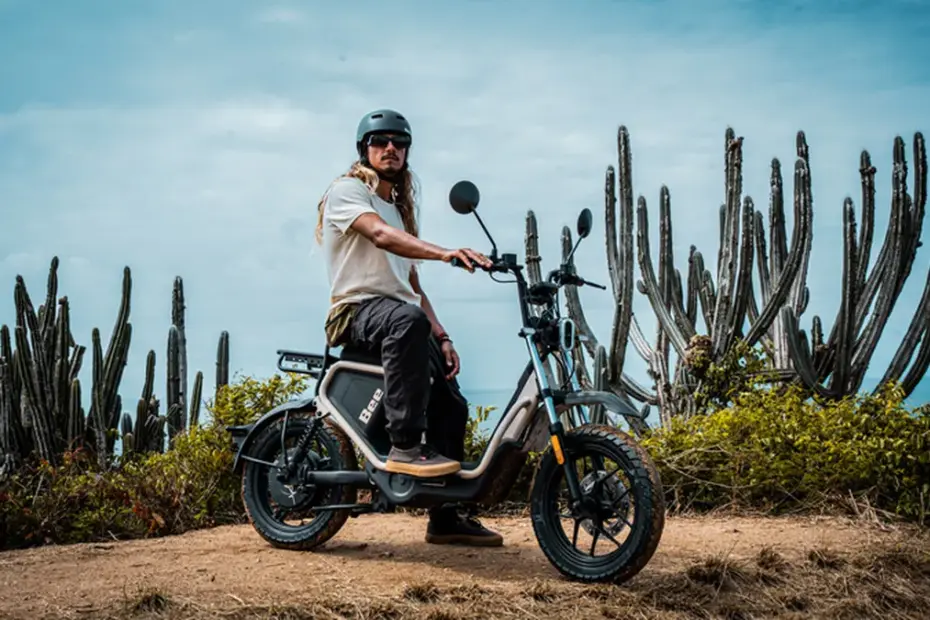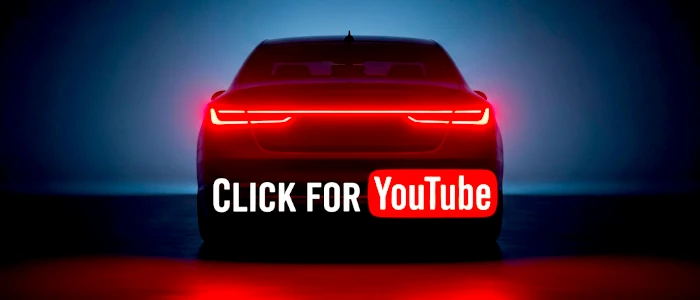The electric micromobility market is buzzing, and Bee, a Brazilian company investing in this segment since 2019, has just taken a bold step. After establishing its presence along the Rio-São Paulo axis and starting operations in Europe, the brand is launching the Bee MiniTrail, an electric scooter designed to tackle the challenges of Brazil’s countryside.
Bee Accelerates: MiniTrail Explores New Electric Terrain
With an ambitious plan to grow over 30% in 2025 and reach approximately $10.4 million USD in gross revenue, Bee bets on diversification. After the success of the Bee Type 2, with its modern retro design focused on style, the company now targets a different audience with the MiniTrail.
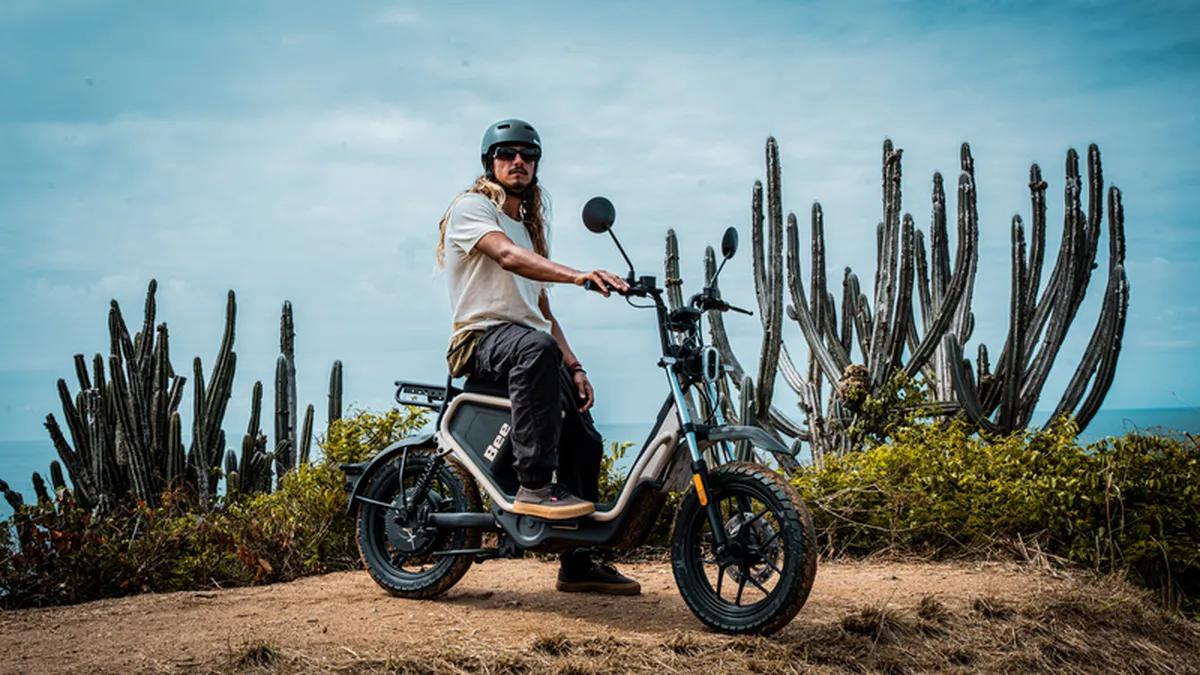
The strategy is clear: offer distinct models for different needs. “We focus on launching very unique models with different usage proposals,” says Bernardo Omar, Bee’s CEO. The MiniTrail arrives to fill the gap for a rugged electric vehicle, ready for rough terrain and off-road use typical in rural and countryside regions.
The Machine: Ruggedness and Practicality Off-Road
The Bee MiniTrail doesn’t sacrifice design and practicality, Bee’s trademarks, but adds the sturdiness needed for dirt and gravel surfaces. It’s a vehicle designed for those who need more than just a ride on asphalt—perhaps something with the versatility seen in models like the Yamaha Fazer 250 2025, but with fully electric propulsion.
With a claimed range of up to 34 miles (55 km) under ideal conditions, the MiniTrail weighs 122 lbs (55.2 kg, including the removable 15.9 lb / 7.2 kg battery) and can carry up to 397 lbs (180 kg). Its dual rear shock absorbers and oil front suspension promise comfort even on uneven terrain—essential for its off-road purpose.
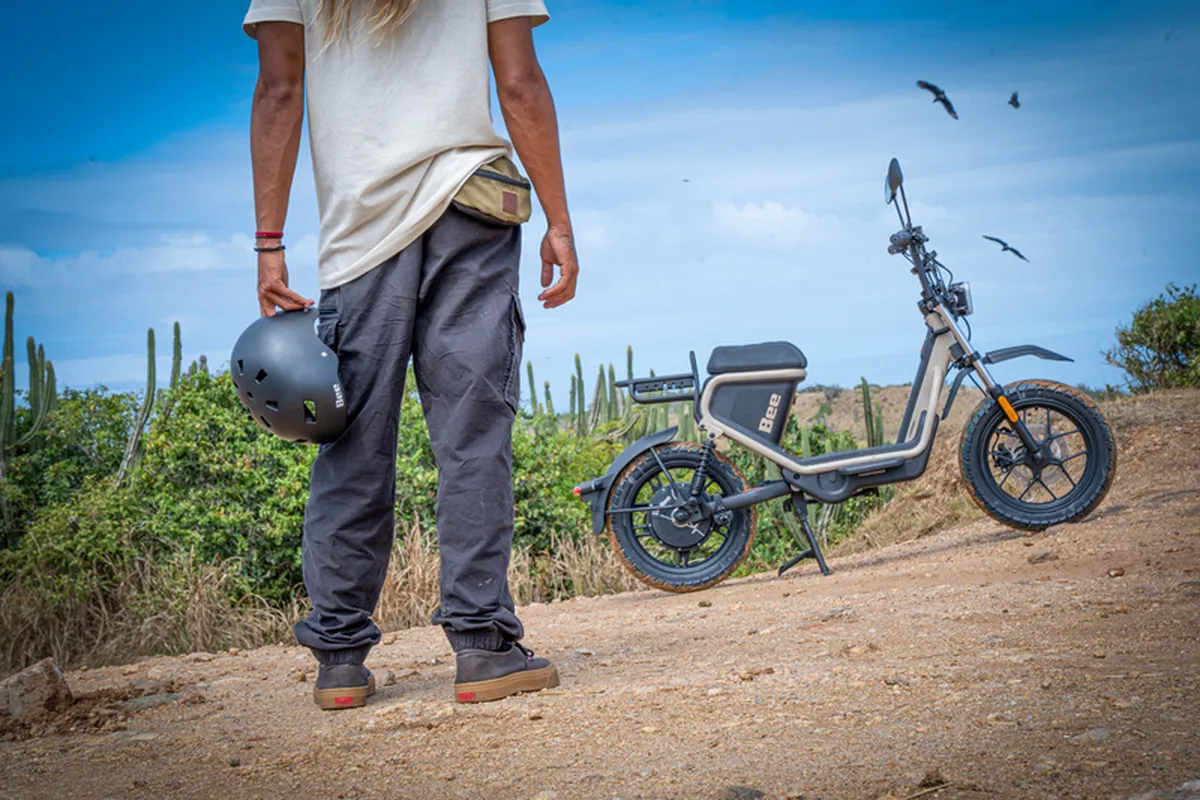
Detailed Technical Specifications
| Feature | Specification | Details |
|---|---|---|
| Range | Up to 28-34 miles* | ECO Mode, 165 lbs rider, smooth surface |
| Maximum Speed | Limited to 17-20 mph | CONTRAN Resolution No. 996/2023 |
| Total Weight | 122 lbs | Including battery (15.9 lbs) |
| Load Capacity | Up to 397 lbs | Rider + Load |
| Motor | Bee Keeway 1000W | Bee/Keeway partnership |
| Battery | Removable Lithium 48V 20Ah | Recharge in 6-7 hours |
*Nominal range measured in ECO mode, average speed of 15.5 mph (25 km/h), 165 lbs rider, smooth surface, no inclines.
Strategic Partnership: Bee and Keeway Join Innovative Forces
The MiniTrail is the result of another collaboration between Bee and Keeway, a Chinese manufacturer part of the giant Geely group (owner of brands like Volvo and Lotus). Keeway, which has had operations in Brazil before, returns by supplying the chassis, mechanical assembly, and motor for the MiniTrail.
Omar highlights that this union connects two companies deeply driven by innovation. “We are a company motivated to do things differently and better—and so is Keeway,” comments the CEO. This quest for innovation is a major driver in the electric vehicle sector, where we see continuous advances, such as the new Stellantis fast-charging battery technology.
National Expansion: Micromobility Heading to the Countryside
Currently, Bee owns 8 physical stores (6 in Rio de Janeiro, 2 in São Paulo) and one in Lisbon, Portugal. However, online sales already bring Bee products to all of Brazil. The arrival of the MiniTrail boosts physical expansion plans, initially focusing on the interior of São Paulo and the Central-West region.
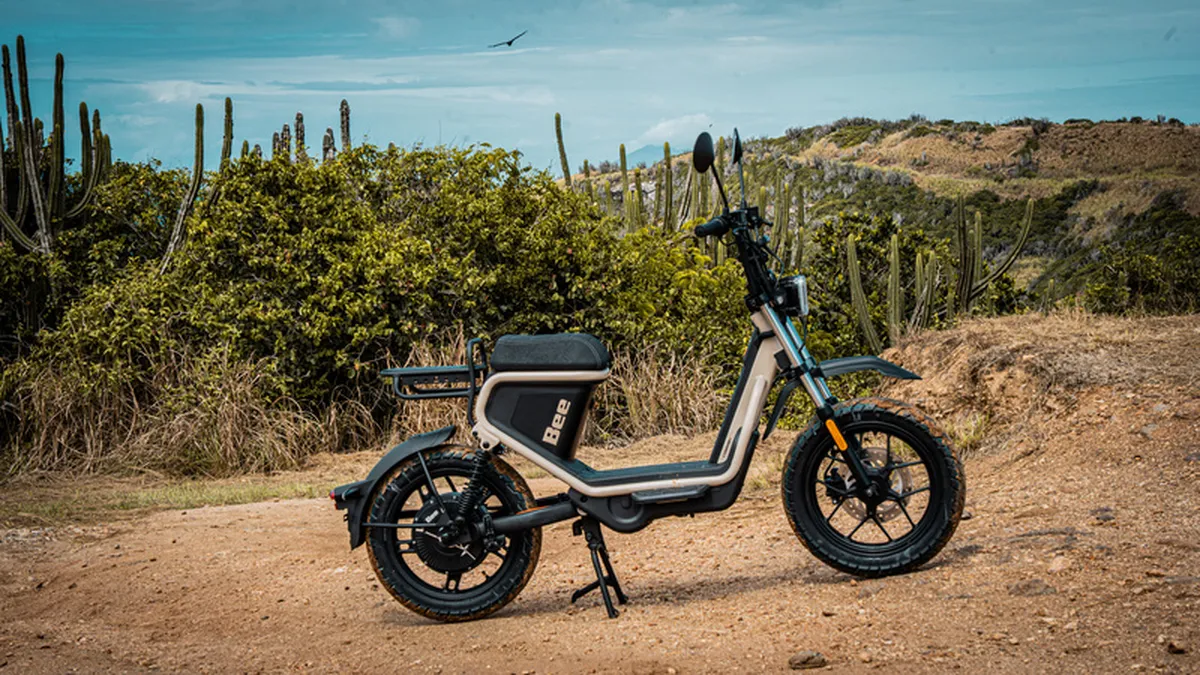
The idea is to bring the Bee experience closer to countryside consumers, allowing direct contact with the vehicles before purchase. This reach is essential to popularize micromobility, which is still gaining ground in many regions, contrasting with the already established presence of urban electric vehicles like the Chery QQ Electric. The private equity fund XR Advisor is guiding this expansion.
“Innovation is the keyword for Bee,” points out Rodolfo Oliveira, CEO of XR Advisor. He believes that the combination of innovation, focus on customer experience, and market understanding is the formula for success. Creating new products like the MiniTrail is seen as a foundation for geographic growth, possibly paving the way for even more affordable solutions, along the lines proposed by the Slate Truck 2027 concept.
Bee’s Future Plans
- Open new physical stores
- Focus on the interior of São Paulo
- Expand to the Central-West region
- Analyze local markets
- Maintain national online sales
From Tradition to Innovation: Bee’s Journey in Mobility
Although the Bee brand has been focused on electric micromobility for six years, its history began 25 years ago with Alanmotors, an Aprilia dealership that became a reference in scooters. Experience in importing, customizing, and understanding Brazilian motorcycle consumers was crucial for the transition.
“We understood what made Brazilians buy motorcycles (…) Over time, we understood how micromobility connected with lifestyle and sustainability,” Omar recalls. This market evolution, with consumers seeking more sustainable and connected alternatives, reflects a global trend seen in launches like the Peugeot 208 2025, which offers multiple powertrain options.
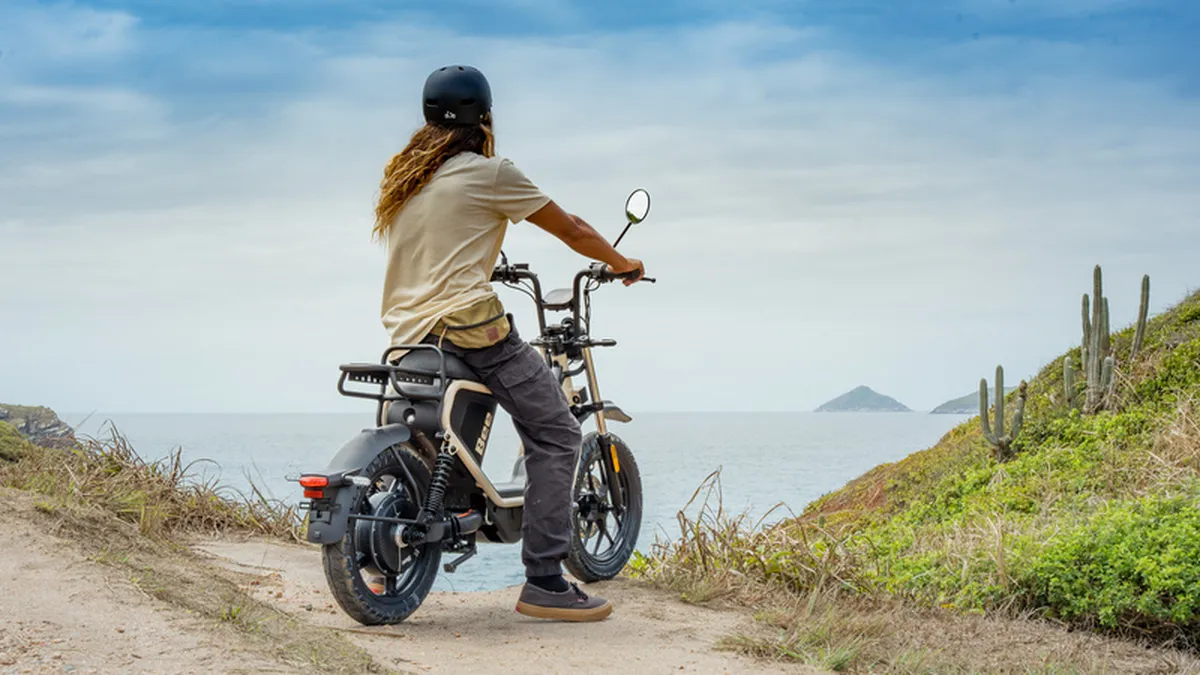
Frequently Asked Questions (FAQ) about the Bee MiniTrail
- Who is the Bee MiniTrail for?
Ideal for those living in the countryside or rural areas, or who need a rugged vehicle for rough terrain (dirt, gravel), including those in the agricultural sector. - What is the real range of the MiniTrail?
The nominal range is up to 34 miles (55 km), but this varies greatly with rider weight, terrain type, inclines, and riding mode. A realistic expectation is between 22-28 miles (35-45 km) in mixed use. - Do you need a license to ride the Bee MiniTrail?
According to CONTRAN Resolution No. 996/2023, self-propelled vehicles limited to 20 mph (32 km/h), like the MiniTrail, are classified as mopeds and require a Moped Riding Authorization (ACC) or a Category A driver’s license. It is essential to check local legislation. - Where can I buy the Bee MiniTrail?
You can purchase online with delivery across Brazil, or at Bee’s physical stores in Rio de Janeiro, São Paulo, and Lisbon (Portugal). - What is the main difference between the MiniTrail and the Bee Type 2?
The MiniTrail focuses on ruggedness and off-road capability, with larger tires and a reinforced frame. The Type 2 prioritizes design and urban style, inspired by classic Vespas.
The Bee MiniTrail seems like a smart move by Bee, targeting a niche little explored in Brazil’s electric micromobility market: off-asphalt use in rural areas. The partnership with Keeway/Geely brings credibility and production capacity. If the product delivers the promised ruggedness at an attractive cost-benefit ratio, it has all the potential to boost the brand’s growth and take electric mobility to new parts of the country—although the licensing requirements and challenges related to infrastructure and incentives remain important factors to consider.
And you, what do you think about the Bee MiniTrail? Do you believe it will conquer Brazil’s interior? Leave your comment below!
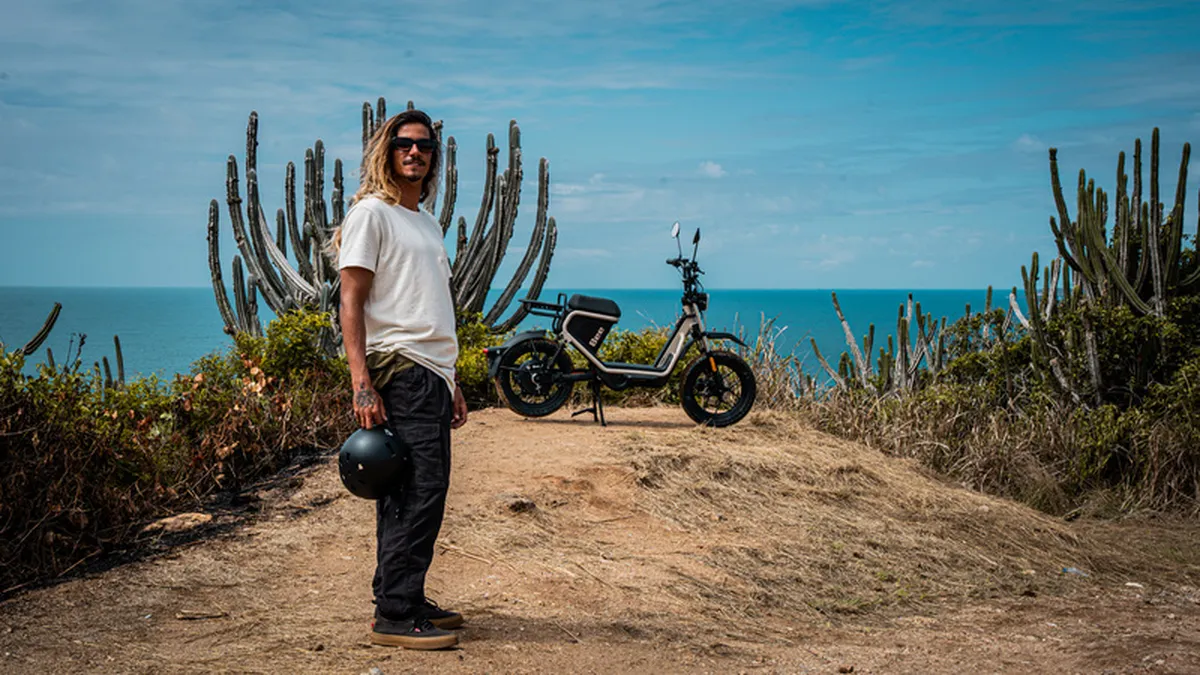




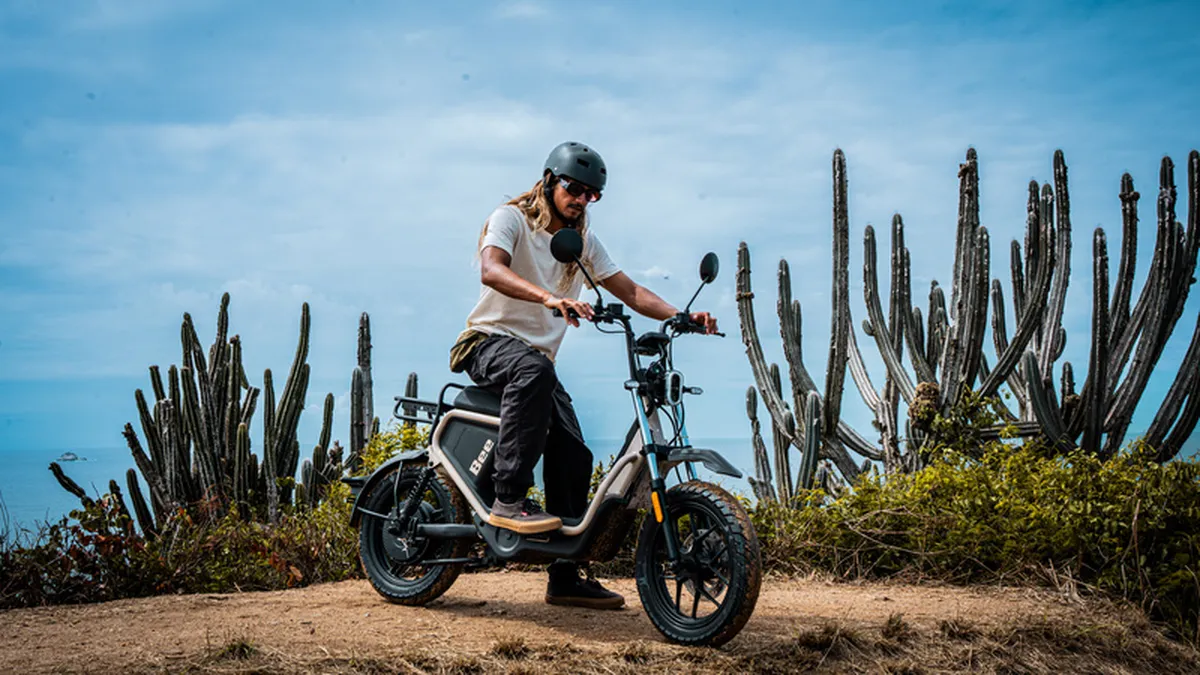
Author: Fabio Isidoro
Fabio Isidoro is the founder and editor-in-chief of Canal Carro, where he has been writing about the automotive world since 2022. Passionate about cars and technology, he began his journey on the HospedandoSites portal and today dedicates himself to creating technical content and comprehensive analyses of national and international vehicles. 📩 Contact: contato@canalcarro.net.br

